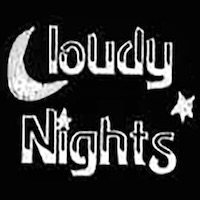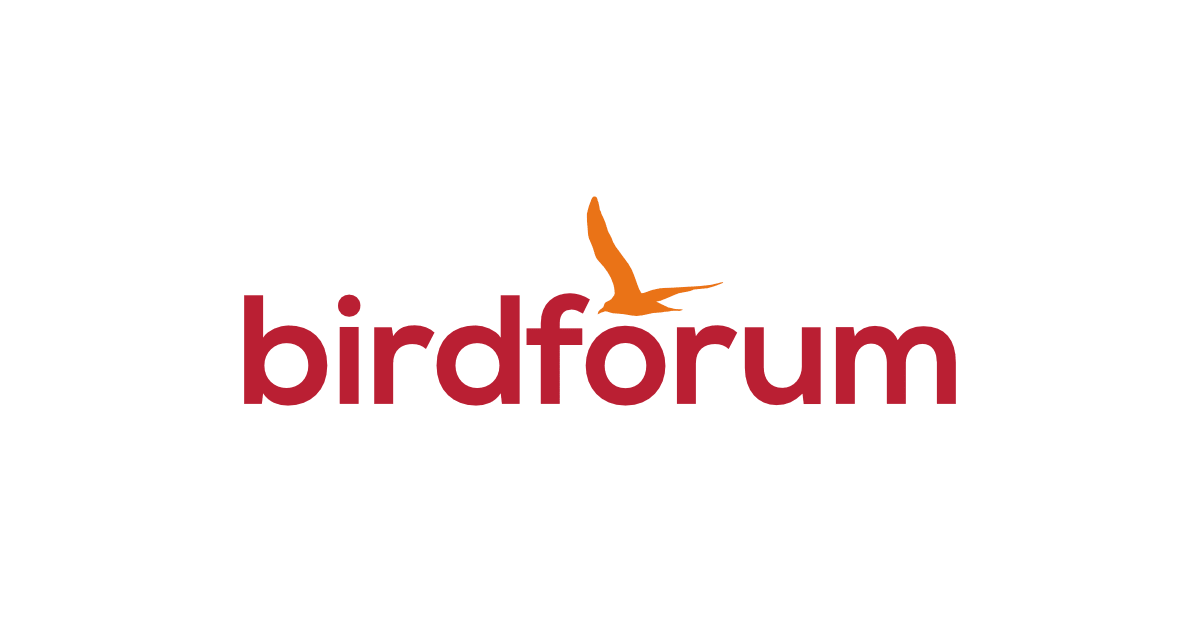Hello birders! I am looking for a complement to my EL 8x32 for low light. I am especially interested in finding a 7x42 but 8x42 would be alright if exceptionally bright.
I have been considering porros, but I haven't read about one yet that's convinced me. I am also very interested in the AK prisms - I think I'd pounce on a well-priced victory ht 8x42 but cannot find one anywhere. I am aware of the Leica uv 7x42, but between it being described as slightly less bright than the zeiss HT (and FL) and the closed bridge design, I am not sold. I'm not prepared to pay for a NL, unfortunately.
I've appreciated reading all the experiences and expert analysis of optics here and I think by virtue of searching these forums I may have found all the modern options available to consider, but I'm posting now to solicit any suggestions or insights that might drive my decision. Thanks very much in advance.
I have been considering porros, but I haven't read about one yet that's convinced me. I am also very interested in the AK prisms - I think I'd pounce on a well-priced victory ht 8x42 but cannot find one anywhere. I am aware of the Leica uv 7x42, but between it being described as slightly less bright than the zeiss HT (and FL) and the closed bridge design, I am not sold. I'm not prepared to pay for a NL, unfortunately.
I've appreciated reading all the experiences and expert analysis of optics here and I think by virtue of searching these forums I may have found all the modern options available to consider, but I'm posting now to solicit any suggestions or insights that might drive my decision. Thanks very much in advance.
Last edited:










